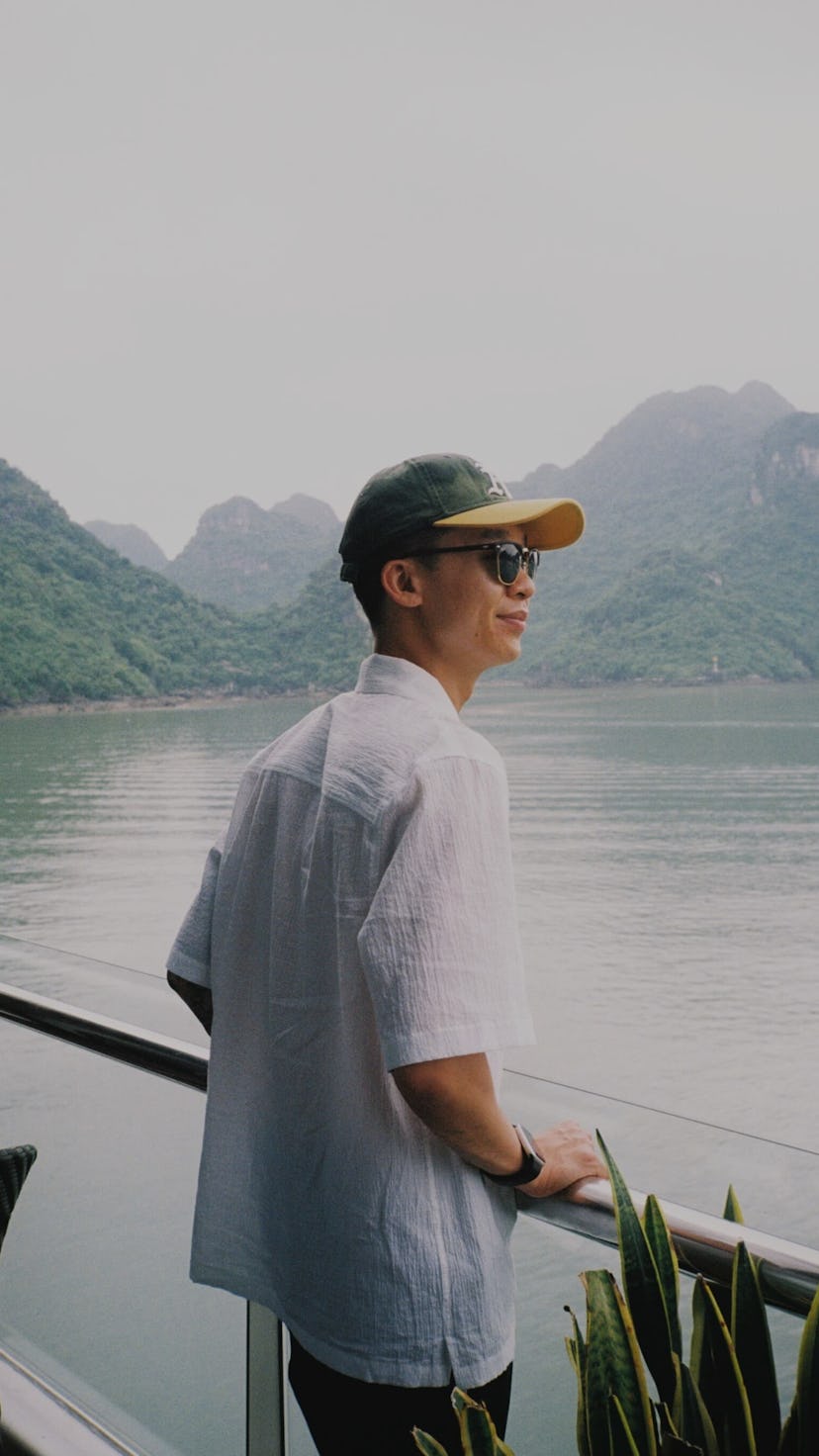That iMac was ultimately what led Andy to channel his creativity into making videos — telling stories — and later, even impress Apple CEO Tim Cook with his incredible travel films shot entirely with iPhone (like this one).
While plenty of travel creators do it for the fame or the lucrative payouts from brands or tourism boards, Andy has a simpler mission with content: Inspire and give back to the Asian American Pacific Islanders (AAPI) community. To let those who might be struggling like he once did know they too can use creativity to empower and uplift themselves and others through determination, discipline, and grit.
Earlier this month, Andy gave a talk at Apple in celebration of AAPI Heritage Month. Naturally, he made a short film about his journey. For a person who has now become a role model to so many budding creators — AAPI or not — I finally (after years of trying) met up with Andy to learn how the master himself uses the iPhone — a tool in over a billion pockets — to tell inspiring stories.
Andy shoots with an iPhone 13 Pro — the camera is consistently terrific for both video (and photos) — but all of his techniques can be applied to any phone. Like any creative genius, the phone camera is only a tool; the vision in your head is what people will connect with (or not).
Andy’s home studio, AKA “The Lab,” is filled with professional cameras and equipment, but he still loves reaching for his iPhone because it’s easier; at the same time, it’s also more of a challenge to work with the limitations of the camera. People are more blown away when they find out his cinematic films are shot with an iPhone.
Essential accessory
A phone gimbal is a must for steady footage. Andy prefers the older DJI OM4 gimbal over the OM5 for one reason: It takes one less step to unfold, pop in his iPhone, power up, calibrate, and start shooting.
For hyperlapses, Andy uses Moment’s Pro Camera app ($6.99 on App Store) instead of the iPhone camera’s built-in timelapse mode. He says there’s just a touch of motion blur which saves him from having to add some during editing.
Our turnaround was extremely quick so we didn’t have time to script some voiceover. Instead, Andy tapped into Epidemic Sound, a paid service with a huge library of royalty-free tracks, that many creators use for their videos. When you don’t have a script, sound is even more important.
For sound effects, like the whooshes and clicks, he pulled some from his personal collection that he accrued over the years. Final Cut Pro has some free foley sounds, but you can find many online.
The art of filmmaking is to create work that suspends your disbelief. You’re not supposed to care what it was shot on, only whether you feel something for the work. Andy is proof that an iPhone camera can be used as a professional tool to create professional work. All you need is an imagination. (And no, you don’t need to use ProRes, either; Andy doesn’t.)
You can find Andy’s work on:
• YouTube
🎭 AAPI Heritage Month: Spotlighting Asian American Pacific Islander creators and voices who are using their craft to inspire and elevate the AAPI community.
